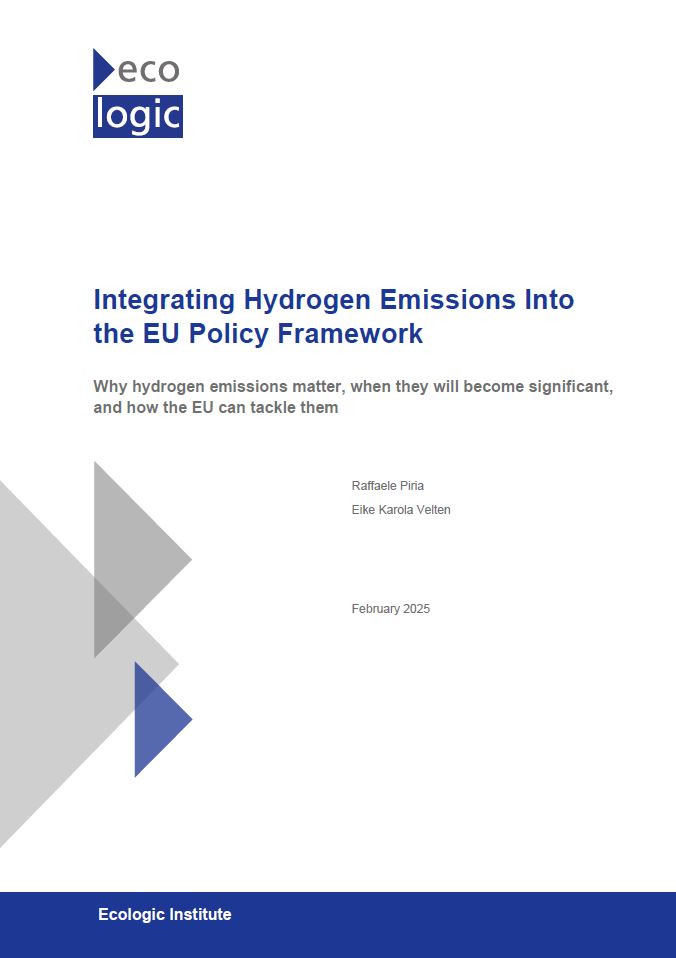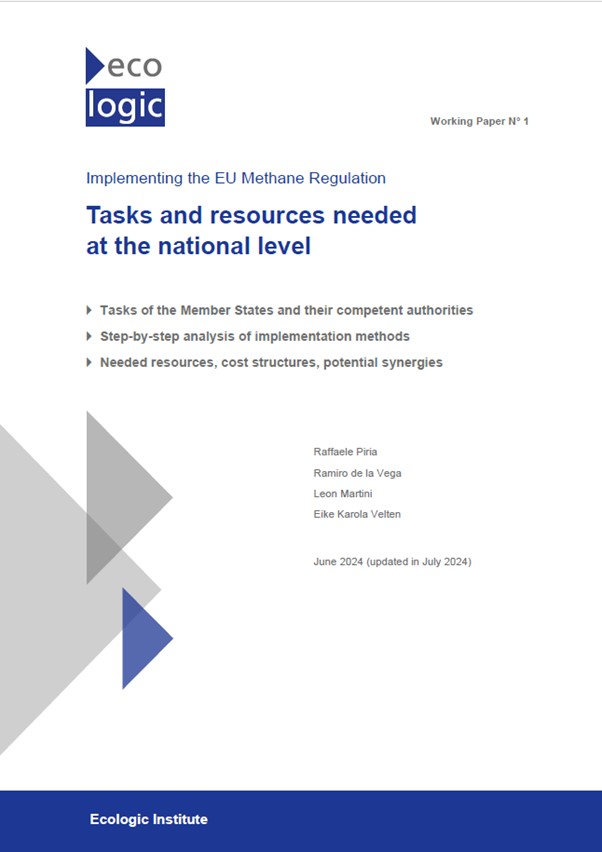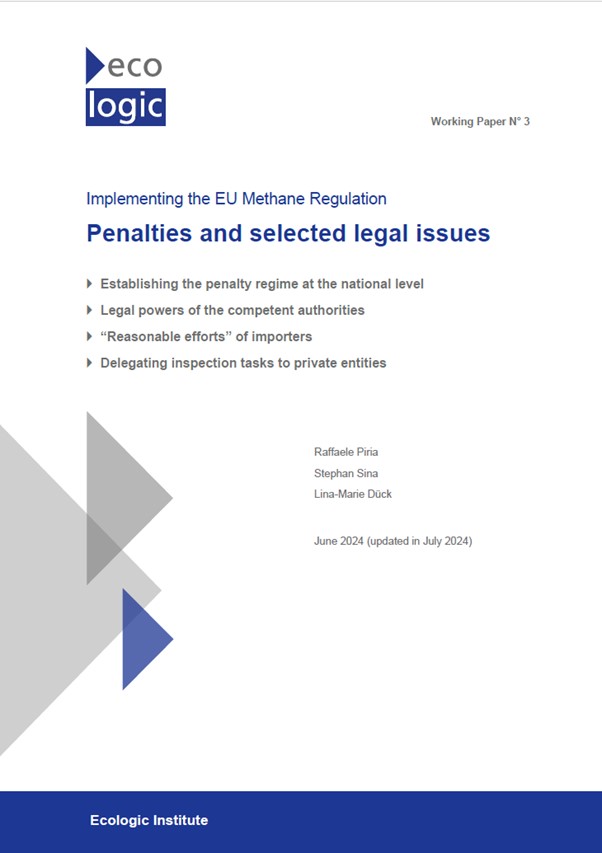W.carter, CC0, via Wikimedia Commons
This project, funded by the Environmental Defense Fund Europe, identifies and develops EU policy opportunities to mitigate methane (CH4) and hydrogen (H2) emissions from the energy sector.
Methane is a highly impacting greenhouse gas, second only to CO2. CH4 emissions from the energy sector are substantial and often have low abatement costs. There is growing evidence that hydrogen has a significant greenhouse impact too. Though largely motivated by climate mitigation, the expected global ramp-up of hydrogen production and consumption will result in a significant increase of potential H2 emissions. Thus, reducing and preventing CH4 and H2 emissions from the energy sector is an essential element of ambitious climate mitigation.
This project consists of four tasks:
- An analysis of a large number of EU energy and climate policy dossiers, searching for opportunities to amend, improve or complete with the purpose of reducing methane and hydrogen emissions from the energy sector.
- Developing strategies, information tools and action plans to support an optimal implementation of the EU Methane Emission Regulation
- A paper discussing various options for pricing CH4 emissions from the energy sector
- A forward-looking piece looking at missing elements in the EU policy landscape that need to be in place to mitigate H2 emissions, assuming that it will be treated as a greenhouse gas.






